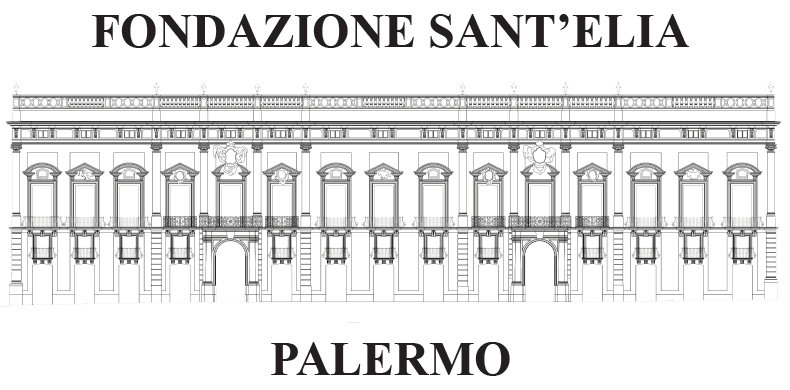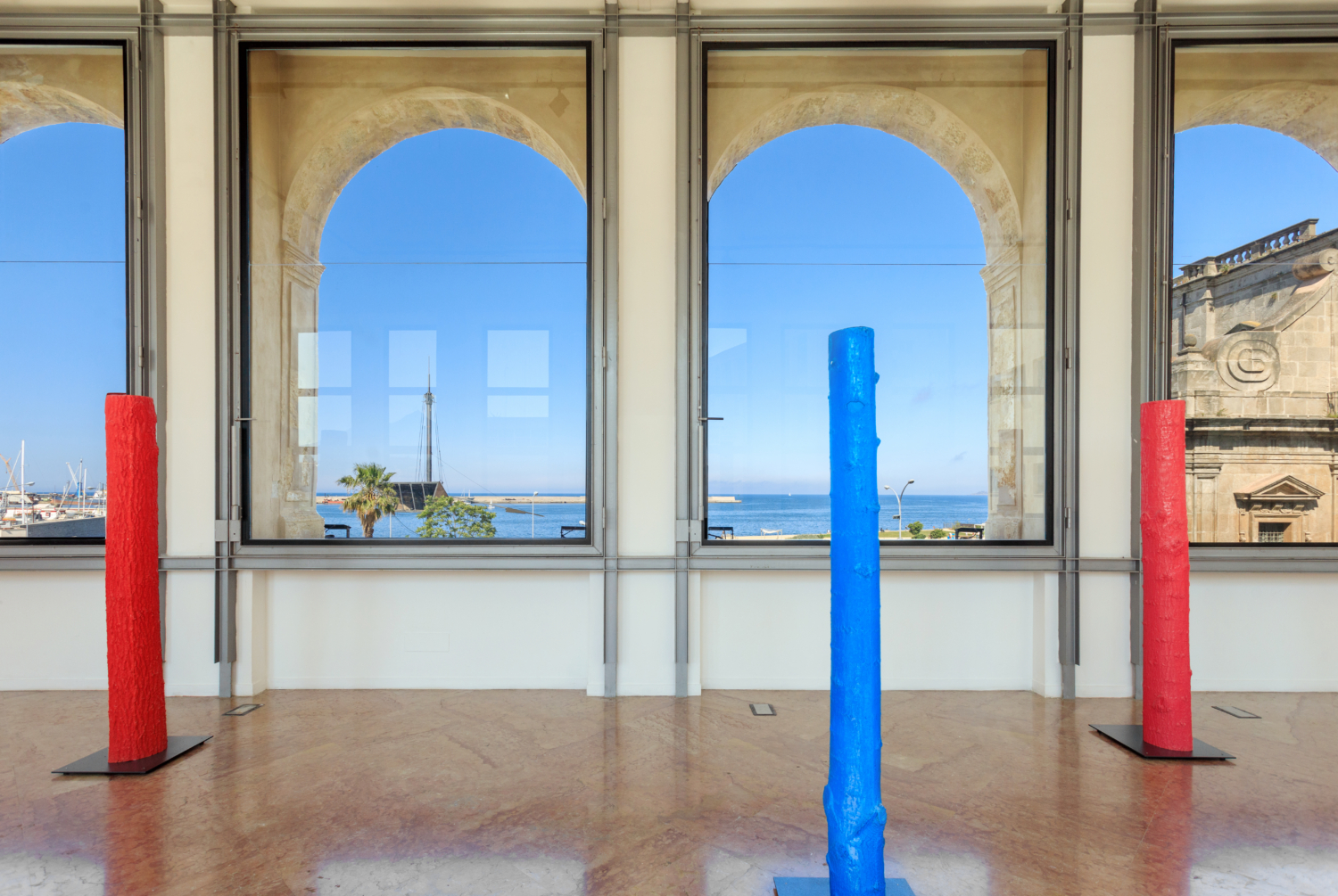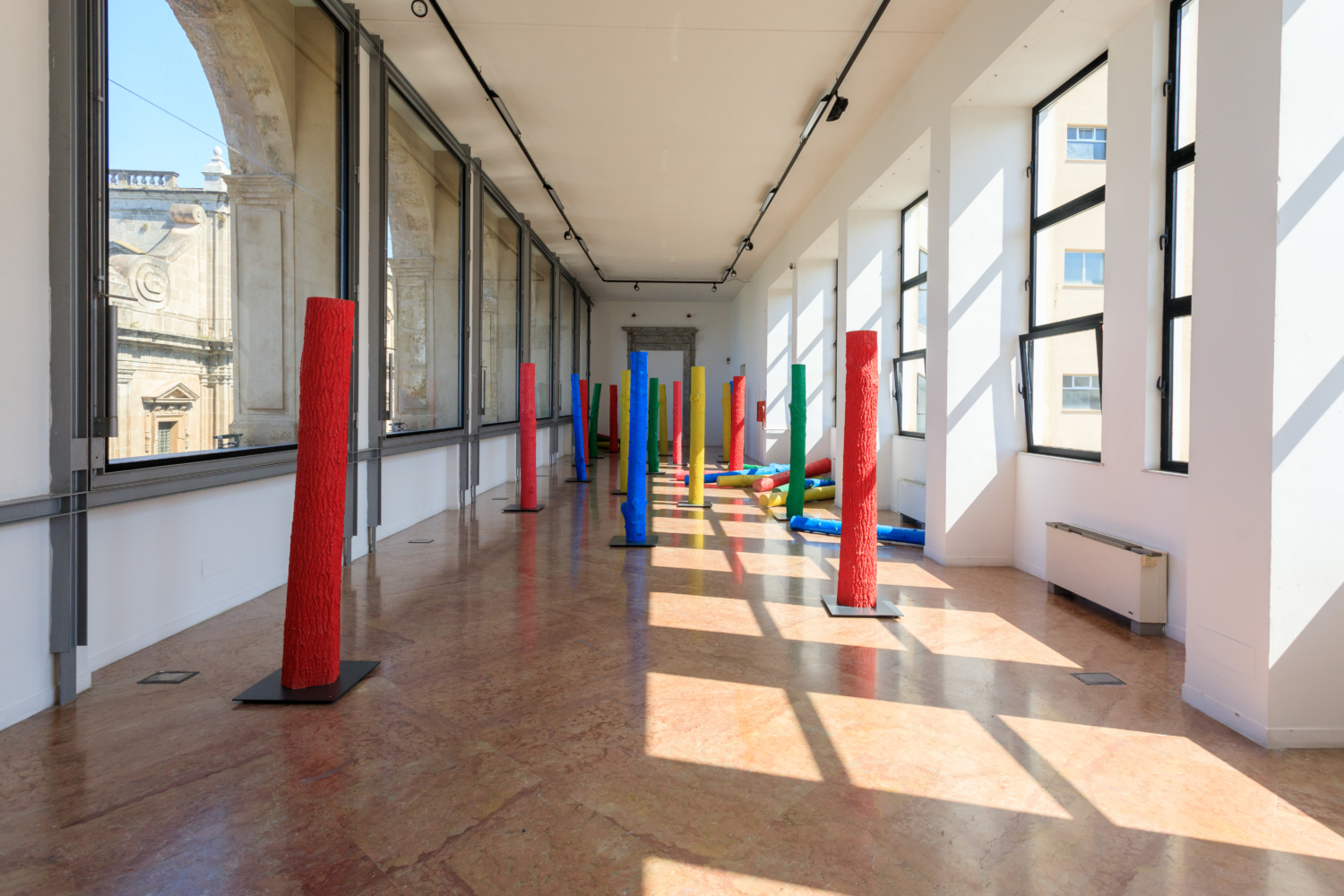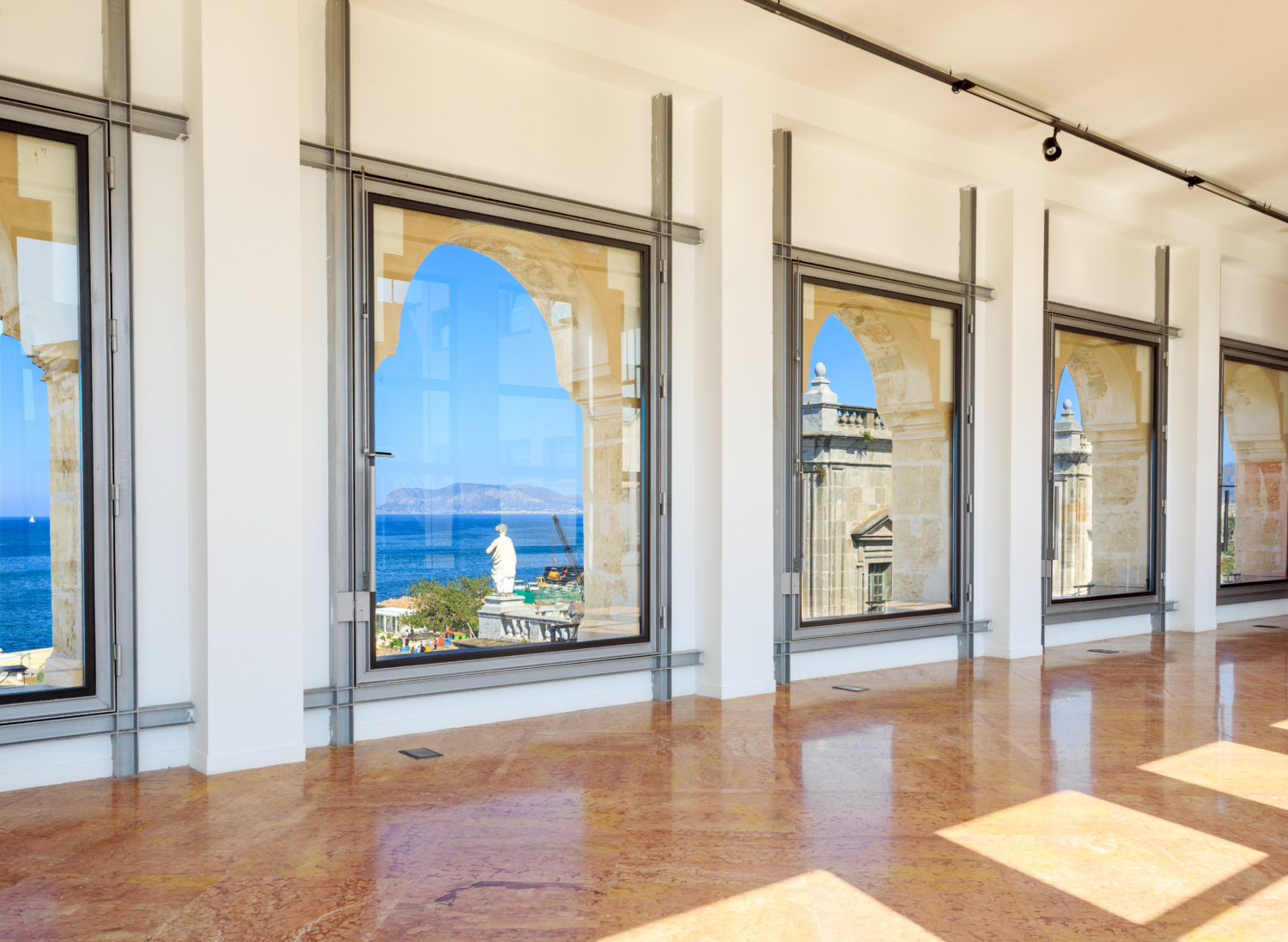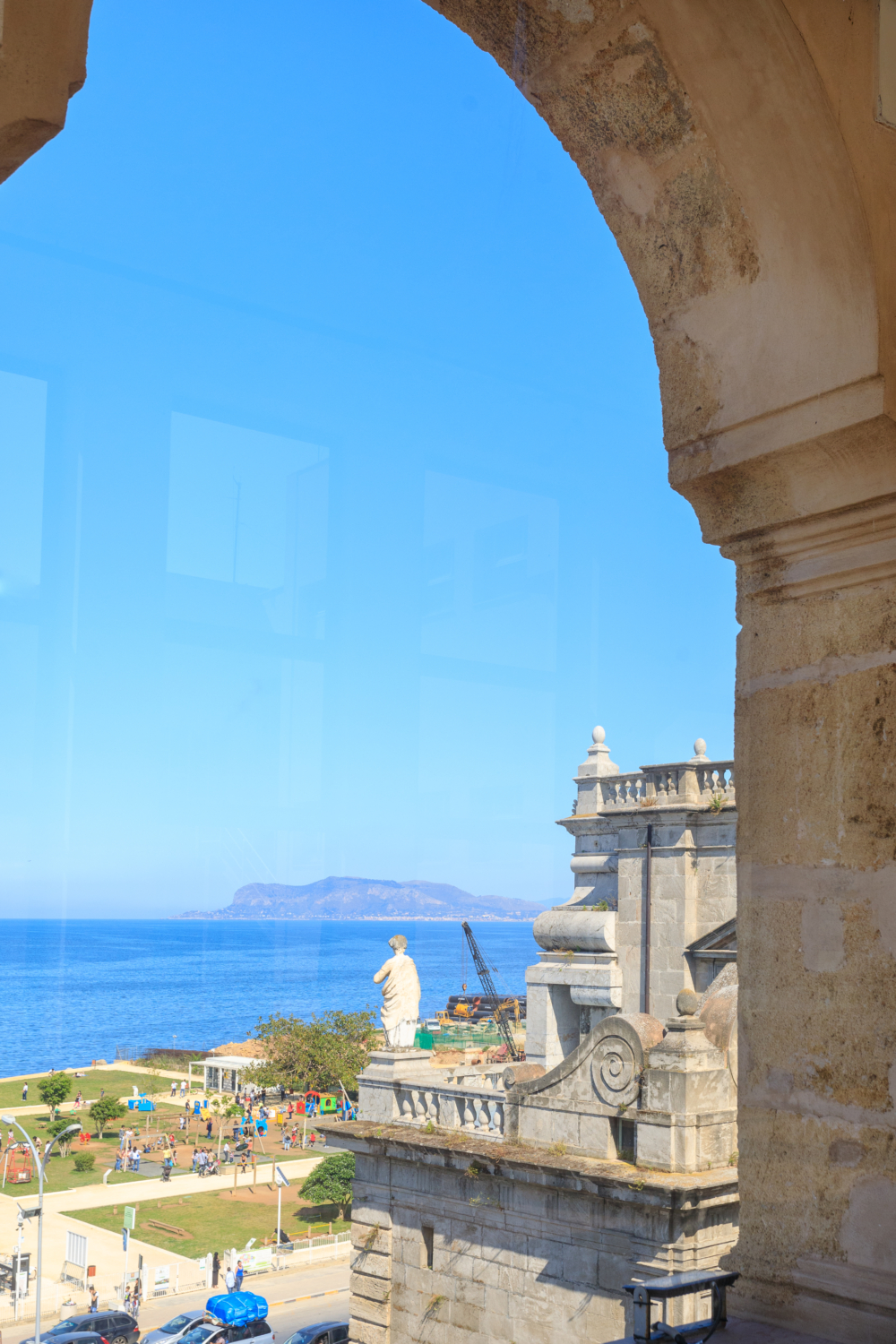The Loggiato San Bartolomeo, in Corso Vittorio Emanuele, a few meters from the monumental Porta Felice, was originally an integral part of a hospital, built in the first half of the 13th century by the confraternity of San Bartolomeo. From historiographical and iconographic sources, the current configuration of the Loggiato dates back to 1608, the year in which the viceroy Marquis of Vigliena sponsored the expansion of the complex, providing it with a grandiose courtyard and adorning its façade with carved stone elements. And it is precisely this part (added at a later time and probably used first as a pavilion for the hospitalization of infectious patients, then as a shelter for abandoned children on the “exposed wheel”), which has survived to the present day, escaping the attacks of the weather. Following the bombings of May 1943, in fact, only the seventeenth-century loggia with two orders remained of the ancient hospital, with a prospectus on the Forum Umberto I, punctuated by pilasters which frame, on the first order, round arches and, on the second, arches with a sinuous profile: crowning a perforated balustrade that cuts out segments of the sky. The restorations promoted and financed by the Province and completed ten years ago were laborious. All the stone structures have been restored according to the most modern techniques and the original depth of the building has been recovered and enhanced with the creation of large, absolutely transparent windows, which make the interior read like a suggestive book of memoirs, transforming the wide naves in long and luminous galleries stretching out over the sea. The restoration interventions carried out by the Province have designed and therefore sanctioned a new relationship between the monument and the surrounding urban context. Currently the second and third floors house large halls for art events, while the ground floor and the mezzanine floor have been used as spaces for documentary exhibitions and photographic exhibitions. But it is in contemporary painting and sculpture that the San Bartolomeo has found its most complete vocation: from 1998, the year of its reopening to the public, to date, there have been one-of-a-kind personal, anthological and group exhibitions. Just to mention a few names: Tano Festa, Renato Mambor, Emilio Greco, Giacomo Manzù, Pedro Cano, Croce Taravella, Giuseppe Modica, Piero Guccione, Gregorio Botta, Marco Galviano, Igor Mitoraj. And right in front of the west wing of San Bartolomeo, to seal his new and special love for the city of Palermo, Mitoraj has left a permanent testimony: a three-metre-high bronze sculpture baptized Elymian Hero, dedicated to the myth of the soldier of Magna Graecia and ideally to the millenary history of the sea that extends along the front of the Forum Umberto I.
Fondazione Sant‘Elia
Palazzo Sant’Elia
Via Maqueda, 81 – 90133 Palermo (PA)
Contatti:
Portineria | Biglietteria: 091 2712068
Amministrazione: 091 2712061
Orari: dal martedì alla domenica.
Dalle 9:00 alle 20:00 | ultimo ingresso 19:00
Gli uffici amministrativi sono aperti dal lunedì al venerdì dalle 09:00 alle 14:00.
Loggiato San Bartolomeo
Via Vittorio Emanuele, 25 – 90133 Palermo (PA)
Contatti: Portineria | Biglietteria: 091 7747695
Orari: dal martedì alla domenica.
Dalle 10:00 alle 20:00 | ultimo ingresso 19:00
